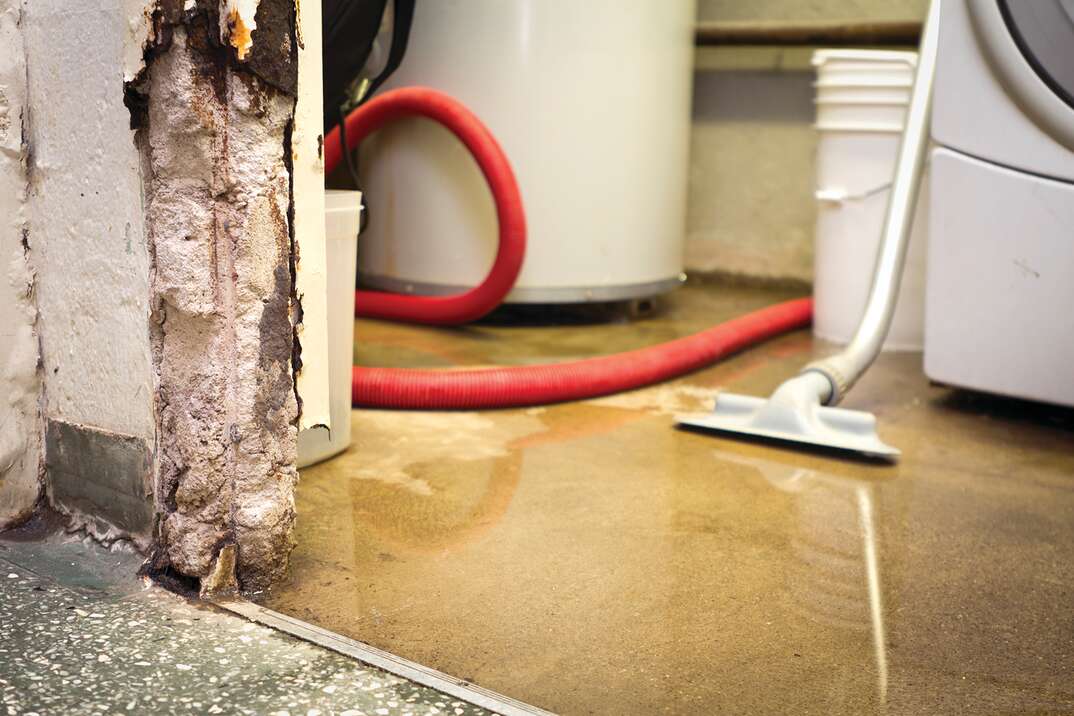How to Survey Your Home for Storm Damage

After an intense storm, the last thing anyone wants to deal with is damage. Unfortunately, mother nature can cause quite a lot of damage to a home. Snowstorms, hurricanes, tornadoes and floods can have a devastating effect on your home.
This May Also Interest You: How Do Emergency Hurricane Shutter Install Services Work and How Much Do They Cost?
Some damage is more visible than others, which is why it’s essential to survey your home before small damage turns into expensive repairs. There are also numerous ways that a home can be impacted by a storm. Here’s a complete guide on how to inspect your home for storm damage.
Where Storm Damage Can Happen
Storm damage can affect all areas of your home. Your roof, walls, ceilings, interior paint, windows, siding and gutters can all be impacted after a storm.
What’s important after you witness any damage is to figure out whether your insurance covers it and to call a professional to get things looked at. You might be able to get some things fixed yourself, but other things will require the expertise of a professional.
Evidence of Wind Damage
Wind damage is one of the easiest things to detect since it visibly appears on the roof of your home. The most common side effect is loose, warped or missing shingles. Immediately repair the shingles to prevent them from breaking, or replace them if they’re gone. Additional sharp winds can completely break off a shingle in a bad state. Missing shingles reduce the energy efficiency of your roof and also lead to water leaks as moisture seeps into the interior structure.
Another common sign of wind damage that isn't always visible is granule loss. An easy way to tell if your roof has experienced granule loss is by looking at the ground near the downspouts. Strong winds can knock granules off the shingles, which then eventually make their way down through the gutters. Other times, you can also see discolored spots on your roof, which signal granule loss. To deal with it, you might just need to replace your shingles.
Evidence of Water Damage
Intense rainstorms can lead to all sorts of flood damage or other water damage. If your roof is in a bad state when a rainstorm occurs, the water can make itself into the interior of your home and deteriorate other roofing structures.
The most noticeable evidence of water damage is dark stains on your walls or ceilings. If you visit the attic, dark spots around the ceiling indicate that water is seeping through the roof. Damage caused by the wind can directly lead to water damage when this excessive moisture makes its way inside.
Water damage doesn’t just come in from the top down. Flooding is a strong possibility after a harsh storm. Flood damage can also be caused by a hurricane. Look at your basement to see if there is any pooling water or if the entire floor is covered in water. To deal with flood damage, you need to call a water damage restoration expert as soon as possible.
More Related Articles:
- It’s Hurricane Season! Here’s Everything You Need to Know to Prepare Your House for Storms
- What’s a Storm Chaser and Should You Hire Them to Fix Your Roof?
- How to Install Hurricane Shutters
- How Much Do Hurricane Shutters Cost?
- What Are Gutter Guards — and Do You Need Them?
Evidence of Hail Damage
Hail can cause severe damage to a roof. Just like wind damage, it can damage shingles and cause granule loss, but it often has more severe consequences.
Since hail causes a direct impact on shingles, you might not see any missing shingles, but there can be quite a few that are damaged. A strong hail impact can crack a shingle and make an opening for water to enter through. If you don’t fix this, it quickly leads to water leaks. These impacts also make for granule loss. You can look on the ground for granules that might fall off of the roof due to hail damage.
A roof that has been recently impacted by hail damage can become vulnerable to sharp winds. When hail impacts the shingles, it also affects the integrity of the self-sealing strip. This makes it easier for shingles to fall off the next time there is a storm, tornado or hurricane.
Evidence of Ice and Snow Damage
Ice and snow can be a homeowner's worst enemy because they can cause ice dams. An intense snowstorm can cause ice dams to form on your gutters, especially when they’re not clean of debris. Evidence of ice damage doesn’t just show on the outside, either. As pooled water makes its way into your home, stains on the walls or ceiling may appear. The stains tend to appear around the same area where the water comes in, so you can trace it back by looking from the outside.
Ice and snow can hurt your siding as much as they can hurt your roof. If there are any minor cracks on your siding that weren’t there before, this is most likely caused by the ice or snow, causing the siding to become more brittle.
Snow is also often responsible for tree damage. Snow that piles up on tree branches can cause them to break off and fall on top of your roof. Fallen tree branches can damage your shingles, and the impact can cause them to crack or deteriorate. This is also why it’s a good idea to trim the branches before winter arrives.
In cases of ice or snow damage, call a roofer. Roofers in cold-weather areas tend to be knowledgeable about ice dams and other damage that comes from snow, so they know how to deal with it effectively.


